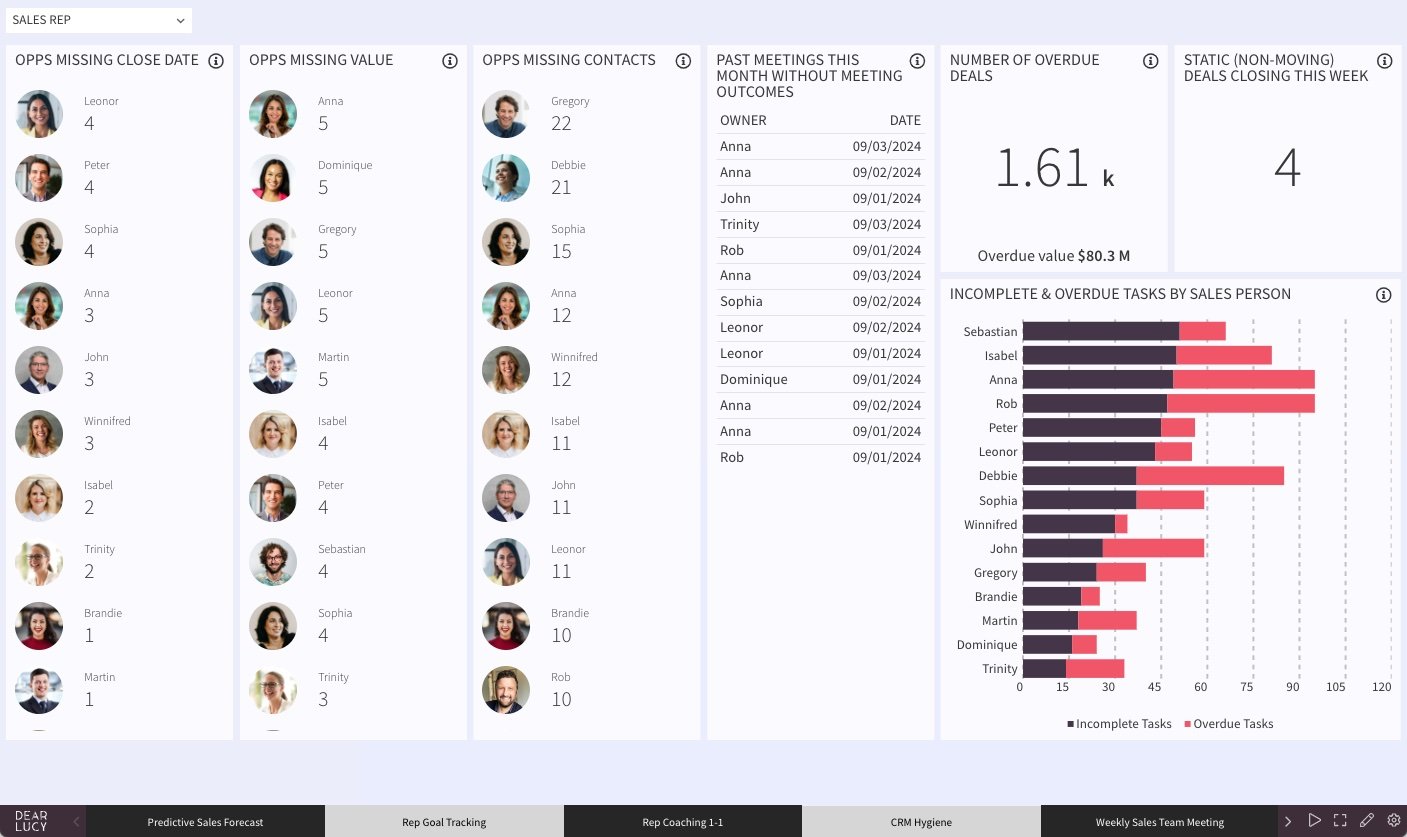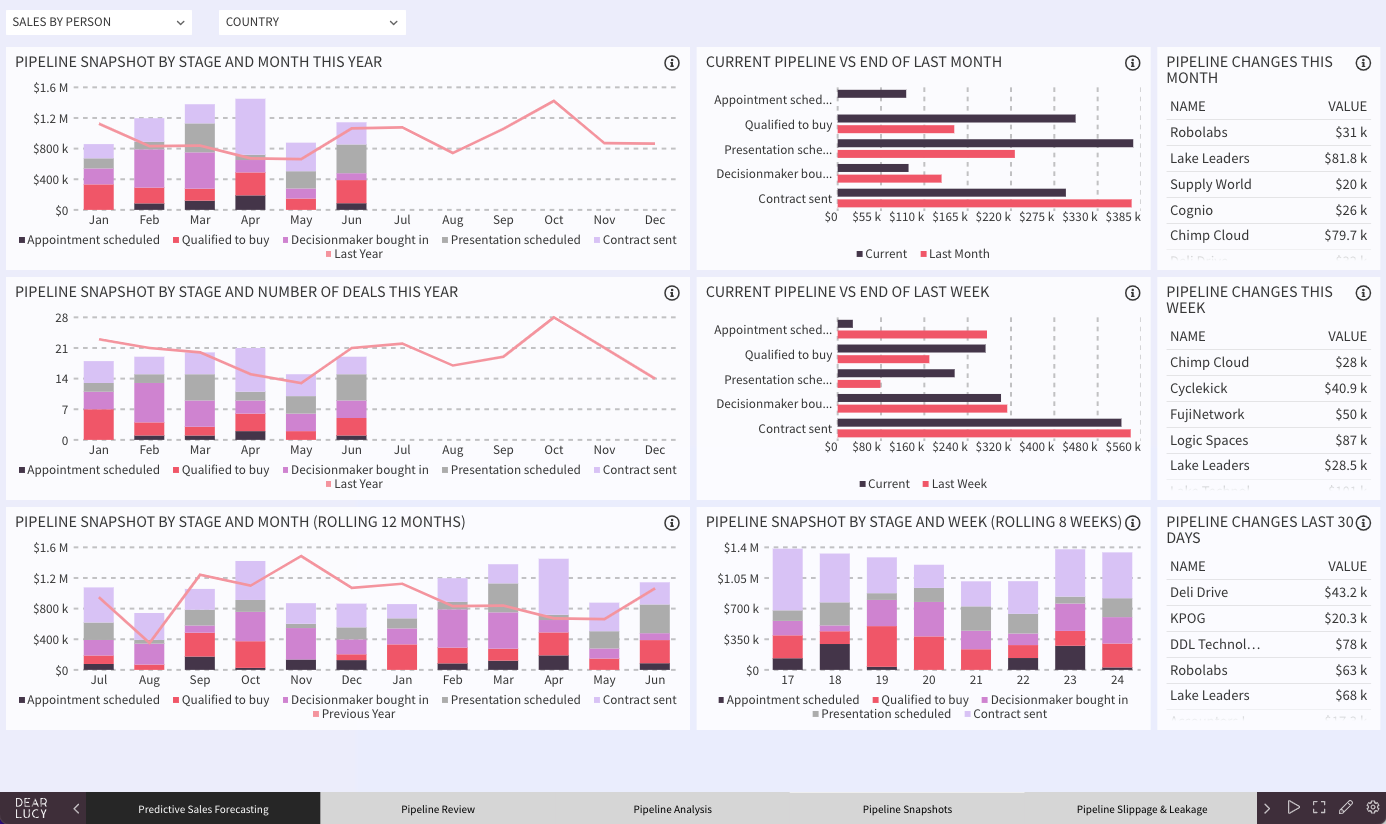Achieving top-notch sales performance goes beyond simply setting targets and tracking revenue. It’s about managing the entire sales process in a structured, scalable, and efficient way. This is where Sales Performance Management (SPM) software comes in, providing a streamlined, data-driven approach to optimizing your sales efforts.
What is Sales Performance Management?
Sales Performance Management (SPM) is a comprehensive process designed to help sales organizations track, manage, and improve the work of their sales teams. It goes far beyond tracking quotas and revenue. SPM incorporates forecasting, planning, implementing, monitoring, and even rewarding sales performance at multiple levels.
SPM helps businesses ensure that their sales teams are working efficiently, hitting their targets, and contributing to overall revenue growth in a sustainable way. By aligning strategy with execution, sales leaders gain more control and visibility over sales performance across the organization.
The Key Components of a Sales Performance Management (SPM) Software
An effective Sales Performance Management (SPM) solution brings several crucial elements together to drive better sales outcomes:
1. Sales Forecasting
Accurate sales forecasting is essential to strategic decision-making. SPM software enables sales leaders to make informed predictions about future sales based on historical data and current trends. This includes predictive deal scoring, which uses data-driven insights to assess the likelihood of deals closing, helping sales teams focus their efforts on the most promising opportunities.
2. Sales Planning and Territory Management
Proper territory management ensures that the right resources are allocated to the right accounts and regions. With SPM, businesses can plan territories effectively, ensuring sales coverage is optimized. Additionally, the software allows for reverse-engineered growth plans, where leaders can map out revenue goals by working backwards from desired outcomes, taking into account current pipeline health and conversion rates across different sales funnel stages.
3. Sales Goal Setting
A powerful SPM system allows goal-setting across multiple dimensions—whether company-wide, across business units, for specific teams, territories, or even for individual salespeople. Goals are linked to key performance indicators (KPIs) and funnel stages, ensuring everyone is aligned with broader business objectives.
4. Sales Insights (Reporting and Dashboards)
Real-time insights through reporting and dashboards are the backbone of tracking performance. SPM software provides sales teams and leaders with the data they need to measure their progress towards goals, identify bottlenecks, and capitalize on opportunities. It fosters transparency from the board to SDRs, ensuring everyone has access to the same data and understands the company’s performance. This openness helps drive a healthy competitive sales culture, where sales teams are motivated to improve and celebrate individual and collective success.
5. Sales Analysis (Advanced Analytics)
SPM software often includes advanced analytics, allowing organizations to dive deep into sales data and uncover trends and patterns that might otherwise go unnoticed. This data is critical for sales strategy and improving future performance. SPM platforms can also provide pipeline snapshots, which capture the state of the pipeline at specific points in time, helping sales leaders track progress. The conversion funnel insights allow teams to analyze how leads move through the sales funnel, identify drop-off points, and refine strategies to increase conversion rates.
6. Sales Training and Coaching
Continuous development is key to a high-performing sales team. SPM solutions offer integrated coaching tools that help sales managers provide personalized feedback and training to their teams. Self-service analytics allows team members to access and analyze their own performance data, while data-driven coaching ensures that feedback is based on measurable performance metrics rather than subjective opinions, helping salespeople improve their skills and close more deals.
7. Rewarding Sales Performance
Recognizing and rewarding sales achievements is a core component of SPM. Whether through commissions, bonuses, or other incentives, SPM software helps automate and streamline the reward process based on performance data.
Sales performance dashboard for sales rep by Dear Lucy
SPM Software Integrates with CRM – Not a Replacement
One common misconception about Sales Performance Management (SPM) software is that it’s designed to replace existing tools, like a CRM. This is not the case. SPM software is built to seamlessly integrate with your CRM, not replace it.
While CRM systems are crucial for managing customer relationships, tracking sales activities, and storing key contact data, they often lack the advanced analytics, goal-setting, and forecasting capabilities that SPM solutions offer. By integrating SPM with CRM, companies can harness the power of both systems, ensuring data flows effortlessly between them. This allows sales leaders to access all relevant insights in one place, without duplicating efforts or relying on disconnected systems.
Ultimately, using SPM software alongside your CRM enables you to manage performance in a data-driven, structured way, while still leveraging the CRM for day-to-day sales operations.
The Status Quo: Manual Processes Hindering Performance
Many sales teams today still rely on spreadsheets, emails, and manual processes to manage their sales performance. Sales goals are scattered across various documents, and development plans are tracked manually, leading to inefficient processes, delayed decision-making, and inconsistent results.
For example:
Sales goals are often managed in disconnected spreadsheets, which are difficult to update and share in real-time.
Sales coaching plans are kept in isolated documents, leading to a lack of visibility into progress and follow-through.
Performance tracking is labor-intensive, with manual data entry and analysis that’s prone to error and time-consuming.
These manual processes not only waste time but also hinder overall sales performance. As a result, sales leaders lack the insights they need to make proactive decisions and optimize team performance.
How SPM Software Solves These Problems
SPM software centralizes all of these processes into one unified platform. By automating data entry, goal tracking, and performance analysis, it allows sales leaders to focus on strategy rather than getting bogged down in administrative tasks.
The result? A more efficient, data-driven approach to managing sales performance. SPM software enables sales teams to work smarter, not harder, ensuring they hit their goals and contribute to the company’s revenue growth in a sustainable way.
Interested?
Dear Lucy offers Sales Performance Management (SPM) across sales solutions like Salesforce, Microsoft, HubSpot and Pipedrive. Book a session with our expert to learn more!




























